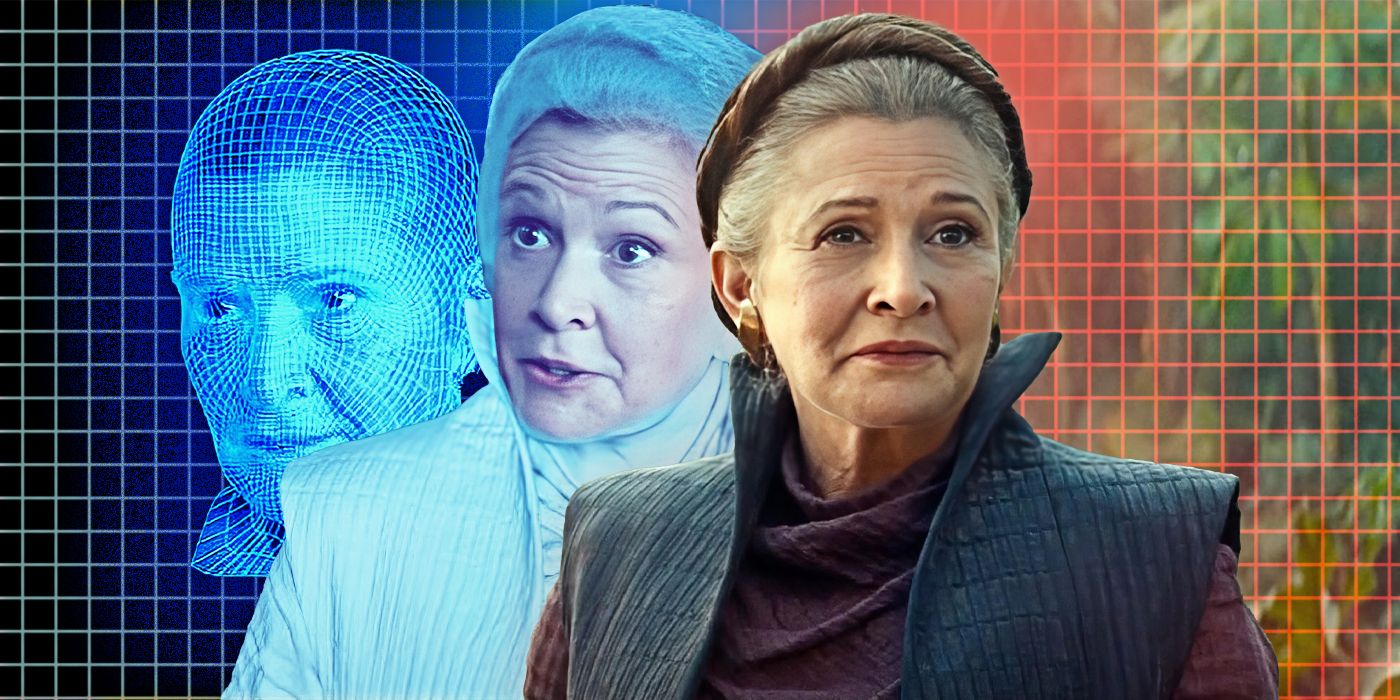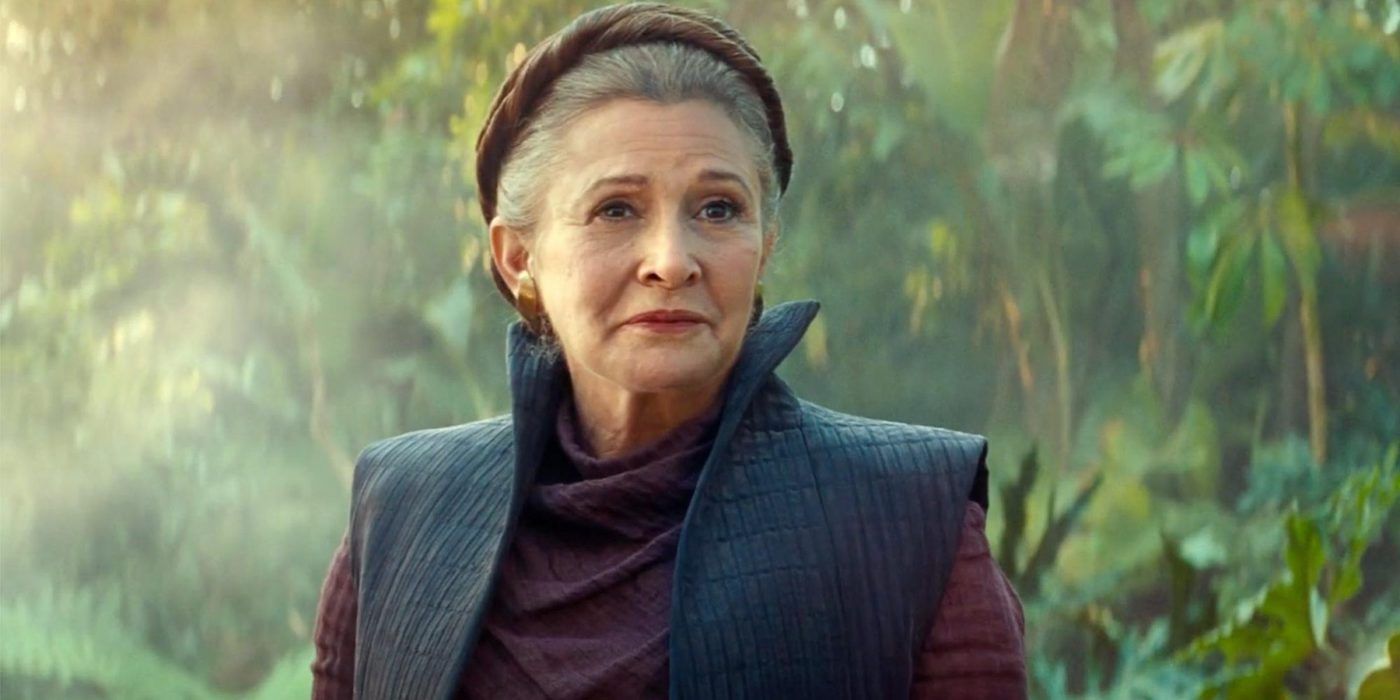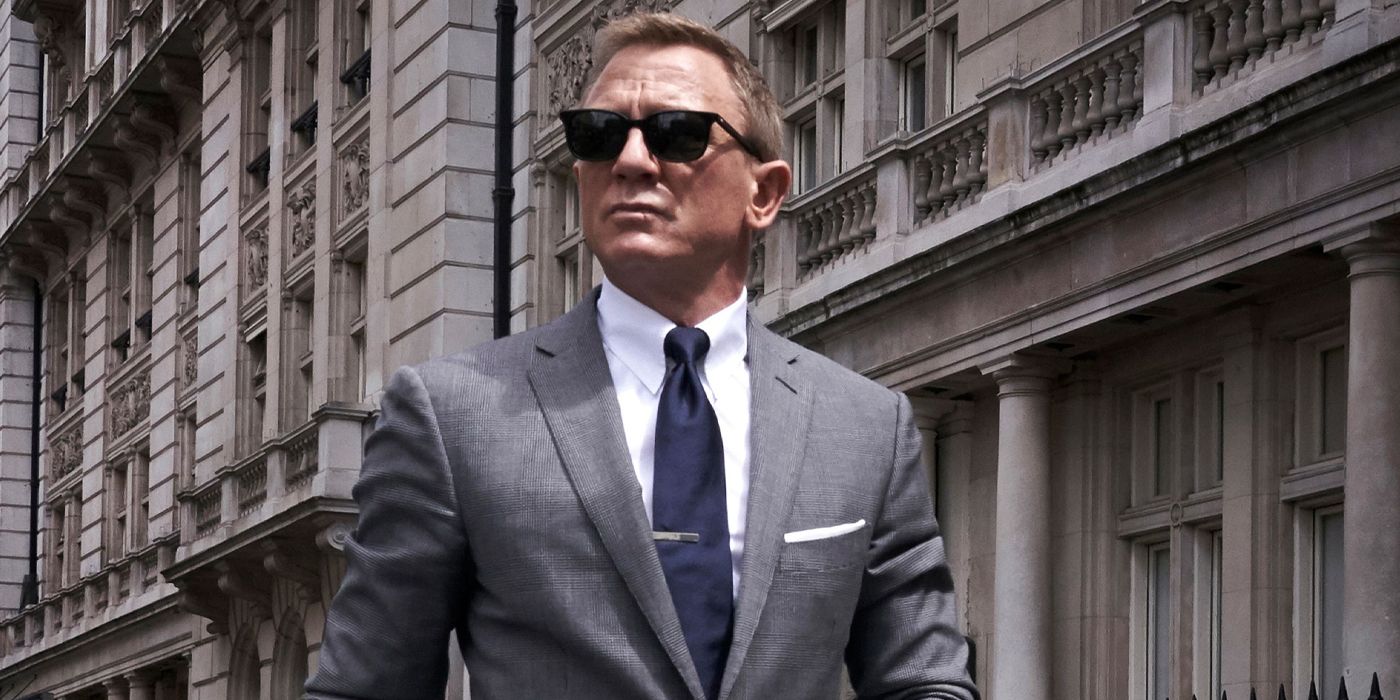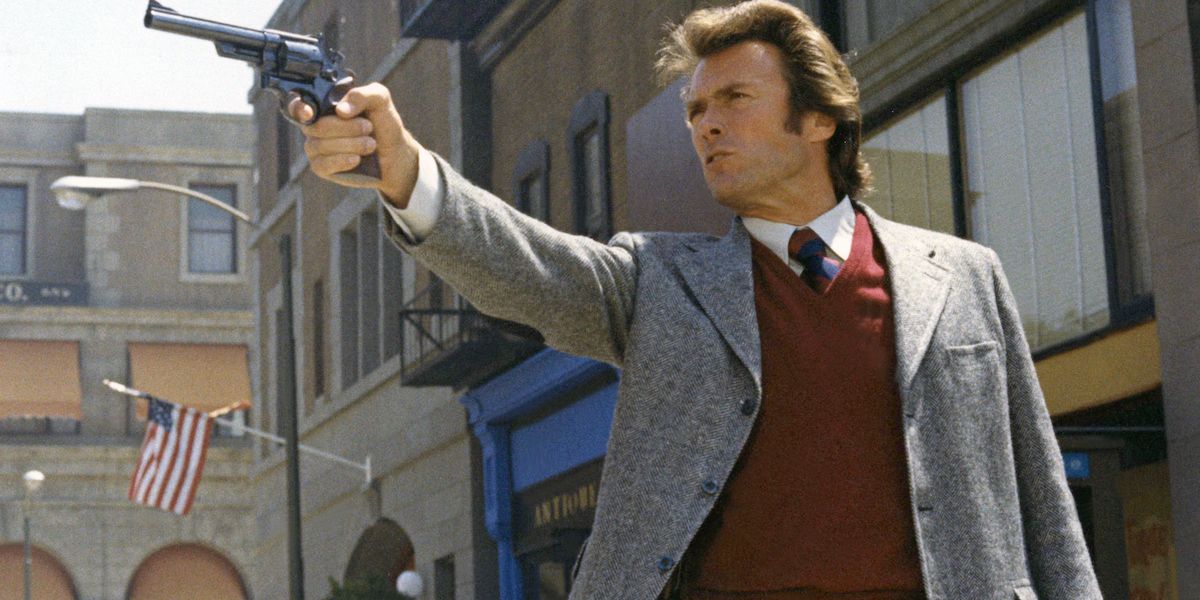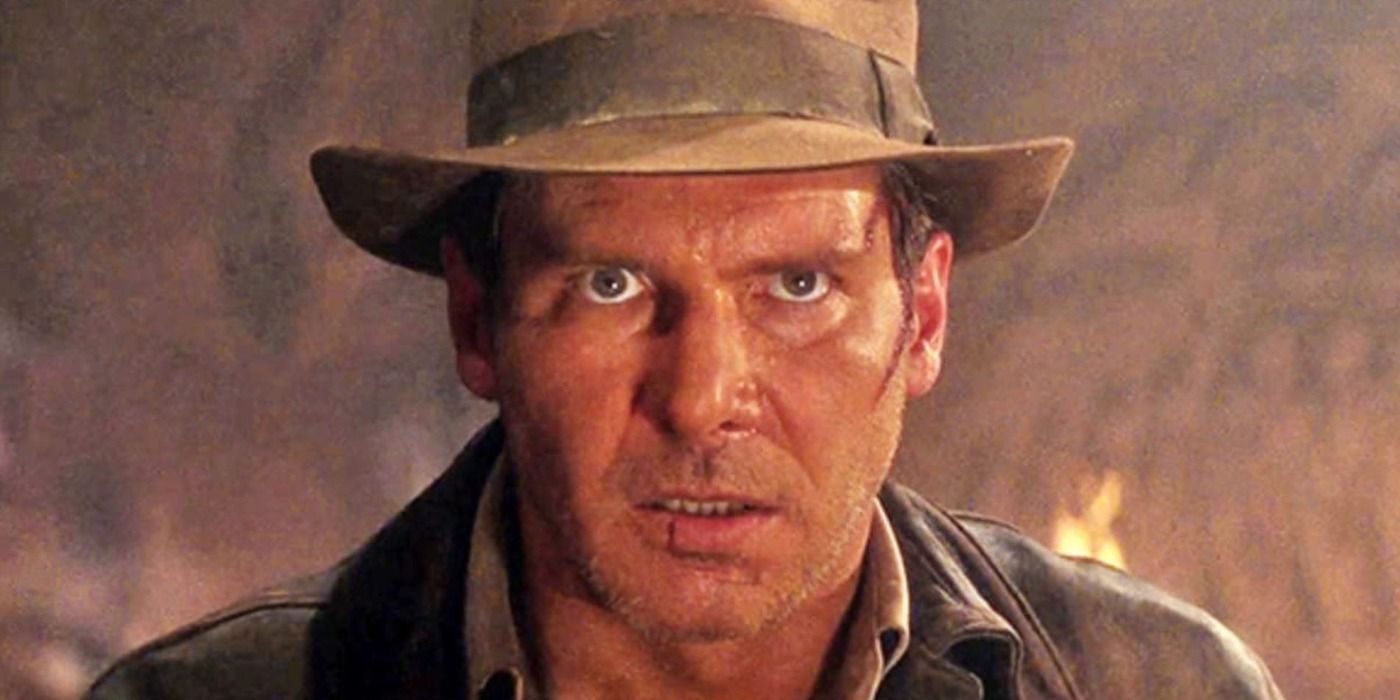Two recent events have brought the future of celebrity appearances to light — initial reports that Bruce Willis had sold his rights to a deepfake company, allowing his "digital twin" to appear in future projects, and confirmed reports that James Earl Jones’ signed over the rights to his voice recordings to an A.I. company to be used in future projects, including vocals for Darth Vader in Star Wars films and television series. While the reports about Willis are now denied by the actor, both reports showcase a fascinating move forward in technology, keeping beloved actors alive in future projects. A new Die Hard movie with a John McClane in his prime, or a Darth Vader series, for example. But is that a good thing? The short answer is no. However, the answer is more complex than a simple yes or no.
Can This Technology Be Used Well?
Used wisely, these technologies have definite benefits. For the director whose film has suffered the loss of an actor in a major role, deepfake technology offers salvation that would otherwise require reshoots, script revisions, or the scrapping of the film altogether. An extreme example can be seen in the cult classic film Plan 9 From Outer Space. Actor Bela Lugosi died during the filming of the movie and was replaced by a larger, younger man (a chiropractor by trade) who kept his cape over his face to keep the "illusion" alive. If the technology existed back then (and was wildly affordable), director Ed Wood may have had some options other than trying to pass off another actor as Lugosi.
More recently, Star Wars: The Rise of Skywalker was forced (no pun intended) to use old footage of actress Carrie Fisher in order to bring Princess Leia's story to an end, a story that was supposed to feature the character in a much larger role but was instead revised to make the old footage somehow fit the narrative (and most would argue it simply didn't work). It's not to say that it would be a path taken, but would have at least been a viable option. The surprise use of deepfake technology to bring Mark Hamill's post-Return of the Jedi Luke Skywalker to life in The Mandalorian was just that, a welcome surprise and a technology used sparingly for the sake of the story. Likewise, to hear the voice of Vader booming as it had in Jones' prime was a welcome addition to his presence in the Obi-Wan Kenobi series.
We Need to Let Roles Be Passed On
But Hollywood has never been known to use things wisely or sparingly, and when boardrooms take decisions out of the hands of the artists the results are rarely good. Rebooting an adored franchise is one thing, but rebooting it with the original characters in their prime? Money in the bank. Why search for the new John McClane when you can simply use Bruce Willis as often as you'd like? James Bond, Indiana Jones, and even a new Home Alone featuring young Macaulay Culkin are all possibilities where the original actors never have to leave the part. The magic that was Mel Blanc or Jim Henson can come back to voice the characters they became synonymous with. And that is an issue.
Think of the actors cast as characters after the original actor has moved past the role. Chris Pine as Captain James T. Kirk in Star Trek. Daniel Craig as James Bond. Brandon Routh or Henry Cavill as Superman. These actors all paid homage to the past but managed to make their own mark in the role, something that wouldn't happen if William Shatner, Sean Connery, or Christopher Reeve kept being used repeatedly for the characters they became famous for. Voiceover roles for iconic characters wouldn't be available for different talent to bring something new (yours truly actually can do a mean James Earl Jones if you're listening, Hollywood!).
Who Should Get Credit?
The door then becomes open to a whole new issue: credit. What if a deepfake Clint Eastwood from his Spaghetti Western days is nominated for an Oscar? Who accepts the reward? Eastwood? He didn't do anything apart from sign a contract. The unknown actor who does all the work under the guise of the film icon? The multiple employees of the deepfake company that had a hand in bringing the character to life? It's performance by committee. Even worse, though, is the opposite. What if that same deepfaked Eastwood appears in a new Dirty Harry film that is absolutely reviled by critics and fans alike? It potentially tarnishes the character, tarnishes the actor, the actor's legacy, and/or the future of a franchise that had been comfortably, and successfully, laid to rest years before.
Some Things Can't Be Deepfaked
Truthfully, though, even if you discard the arguments above as conjecture and wild imagination about a future that may not ever exist, there is one definitive reason why these technologies will never fully work: soul. It's the unknown tics of a character's actions or voice that are unique to the actors portraying them, and that is something that can't be reproduced. Think of Harrison Ford looking into the Well of Souls in Raiders of the Lost Ark to see the floor alive with snakes. The look in his eyes, the roll onto his side, and the defeated resignation in his infamous line "Snakes. Why did it have to be snakes?" The way he brings the character to life is a combination of all of these things. Think of Darth Vader taunting Luke during their lightsaber battle in Return of the Jedi: "Yes, your thoughts betray you. Your feelings for them are strong. Especially for... Sister! So, you have a twin sister. Your feelings have now betrayed her too." The way that Jones paces the lines, and the inflection he gives each word, is more than simply reading off of a script. It, too, is a performance, as fully realized as any physical portrayal, and it's something that can't simply be pushed through a computer.
So, Hollywood. You have in your hands an explosive and exciting new set of technologies that could keep your brightest lights alive for years, but, please: only use as needed.

